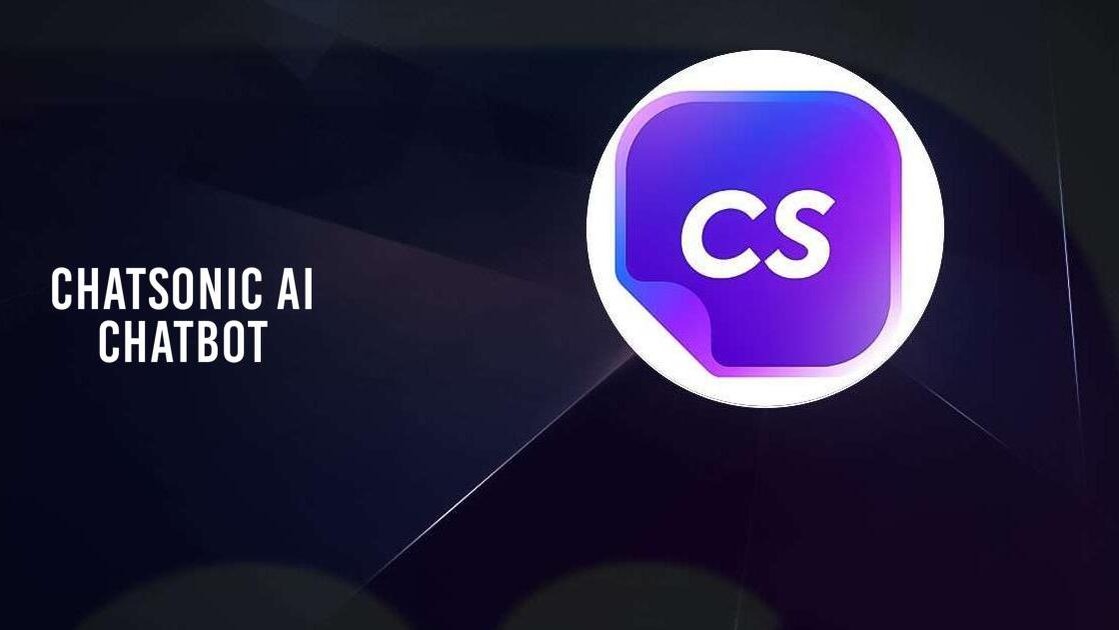What is ChatSonic?
Writesonic, a tech business, created ChatSonic, an AI-powered chatbot. This AI program is the “crème de la crème of the AI chatbot universe,” according to its developers.
Considering that there are currently other incredibly well-liked AI chatbots on the market, such as Google Bard and OpenAI’s ChatGPT, this is a fairly daring assertion. However, ChatSonic differs in that it was developed to overcome ChatGPT’s drawbacks.
Surprisingly, these two chatbots are more alike than you may imagine. Both are based on OpenAI’s most recent model, GPT-4, and produce text responses through machine learning and natural language processing.
Still, the developers were telling the truth. Yes, ChatSonic has its own special features. To begin with, ChatSonic has access to current information on the internet. Though it hasn’t been released yet, ChatGPT will soon have this feature.
In addition, ChatSonic can produce AI-generated art and comprehend voice searches. Writesonic has even gone so far as to personalize their chatbot with a configurable persona.
You can assign your ChatSonic bot a specific role, like relationship coach, interviewer, travel guide, and more, if you’d like.
Core Components of ChatSonic
The core components of ChatSonic are:
- Natural Language Processing (NLP): ChatSonic’s ability to comprehend and analyze user input in natural language is based on natural language processing (NLP). ChatSonic analyzes text-based inputs using natural language processing (NLP) algorithms to extract pertinent data including sentiment, context, and intent.
- Machine Learning (ML): ChatSonic is trained using machine learning (ML) to produce text, translate between languages, create various types of original material, and provide insightful answers to queries. ChatSonic can recognize the patterns and connections in human language since it has been trained on a vast dataset of text and code.
- Conversational Design: ChatSonic’s conversational responses are made via conversational design. Creating ChatSonic’s personality, voice, and user interface fall within this category. The goal of ChatSonic’s design is to give consumers a natural, conversational experience while still being entertaining and educational.
These core components work together to create a powerful and versatile AI chatbot that can be used for a variety of purposes, such as customer service, education, and entertainment.
Challenges and Ethical Considerations
Challenges and Ethical Considerations of Chatsonic are as follows
- Limited contextual understanding: Chatsonic could find it difficult to comprehend the context of a customer’s inquiry or request, which could result in responses that are imprecise or unrelated. This may lead to disgruntled clients and lower levels of satisfaction.
- Lack of emotional intelligence: Because Chatsonic is unable to recognize or react to human emotions, it can be challenging to offer customer assistance that is sympathetic or encouraging.
- Dependence on the quality of training data: The quality of Chatsonic’s answers is dependent on the quality of the training data. Chatsonic may produce biased or erroneous results if the training data is skewed or imprecise.
- Need for continuous improvement: Chatsonic is still under development, and it requires continuous improvement to maintain its accuracy and effectiveness.
- Privacy: Chatsonic gathers information about its users, including their personal data and the exchanges they have with the chatbot. Getting consumers’ permission before collecting or utilizing their data is crucial, as is being open and honest about how this information is gathered and utilized.
- Misinformation: Misinformation could be created and disseminated using Chatsonic. It is crucial to implement security measures to stop Chatsonic from being abused for this kind of thing.
Future Developments and Trends
Here are some of the future developments and trends of Chatsonic:
- More human-like interaction: Chatsonic will keep refining its capacity to communicate with users in a manner increasingly akin to that of a human. This will entail having more natural interactions, answering more sophisticated questions, and comprehending more complicated inquiries.
- Improved knowledge base: Chatsonic will keep adding to its database of knowledge, which will include details on pop culture, current affairs, and specialist subjects. It will be able to respond to consumer inquiries with greater depth and clarity as a result.
- New features and capabilities: Chatsonic is set to introduce further features and functionalities in the future, including language translation, creative content creation, and the generation of diverse text formats. As a result, users will find it even more beneficial and versatile.
Conclusion
Chatsonic is an AI tool just like ChatGPT .Chatsonic is a new AI content creation tool that is powered by GPT-4. It offers a variety of features that can help you to create high-quality content quickly and easily, including:
- A variety of templates for different types of content, such as blog posts, articles, social media posts, and email campaigns
- The ability to generate content from scratch, or to expand on existing content
- A built-in SEO optimizer that can help you to improve your content’s ranking in search engines
- A plagiarism checker that can help you to ensure that your content is original
Here are some of the pros and cons of using Chatsonic:
- Easy to use
- Wide range of features
- Can sometimes generate inaccurate or irrelevant content
- Is still under development













